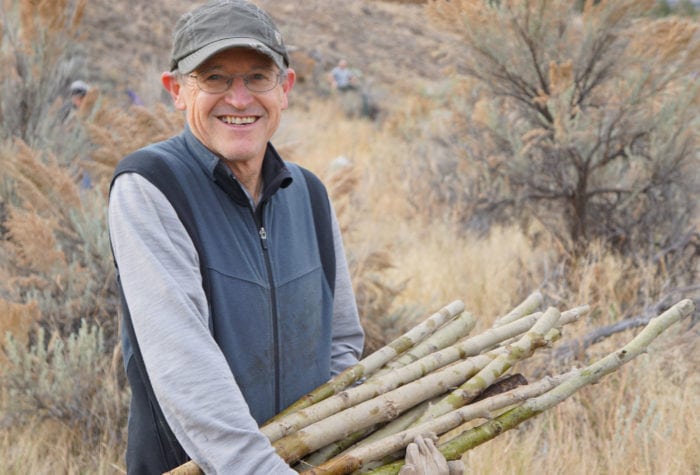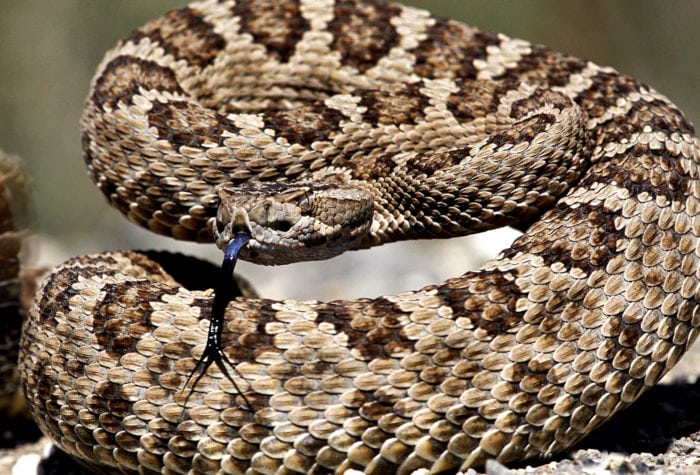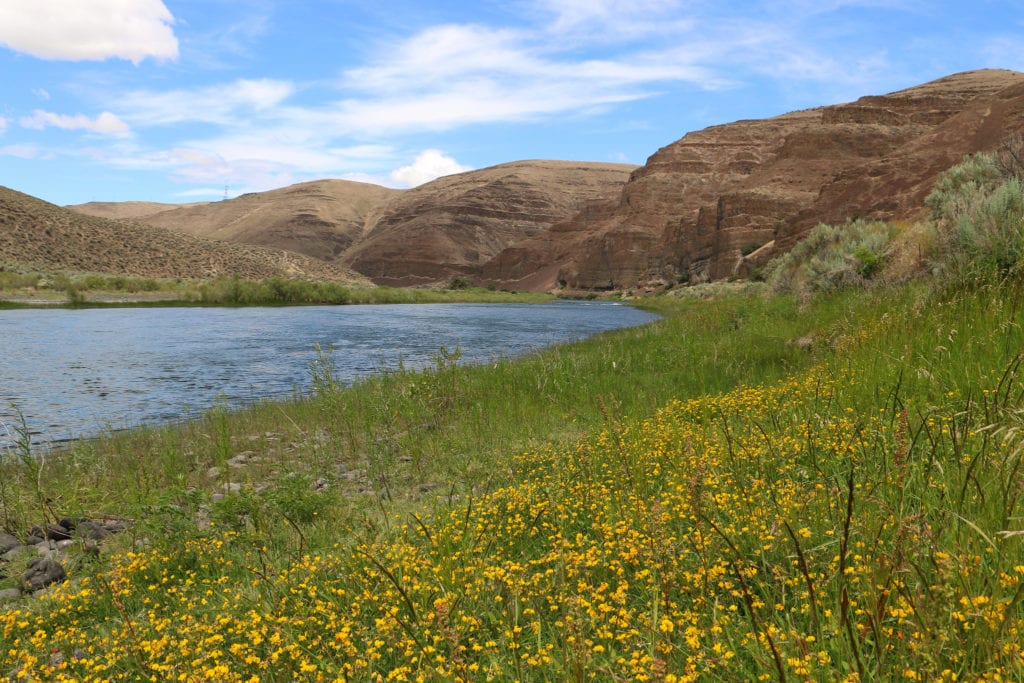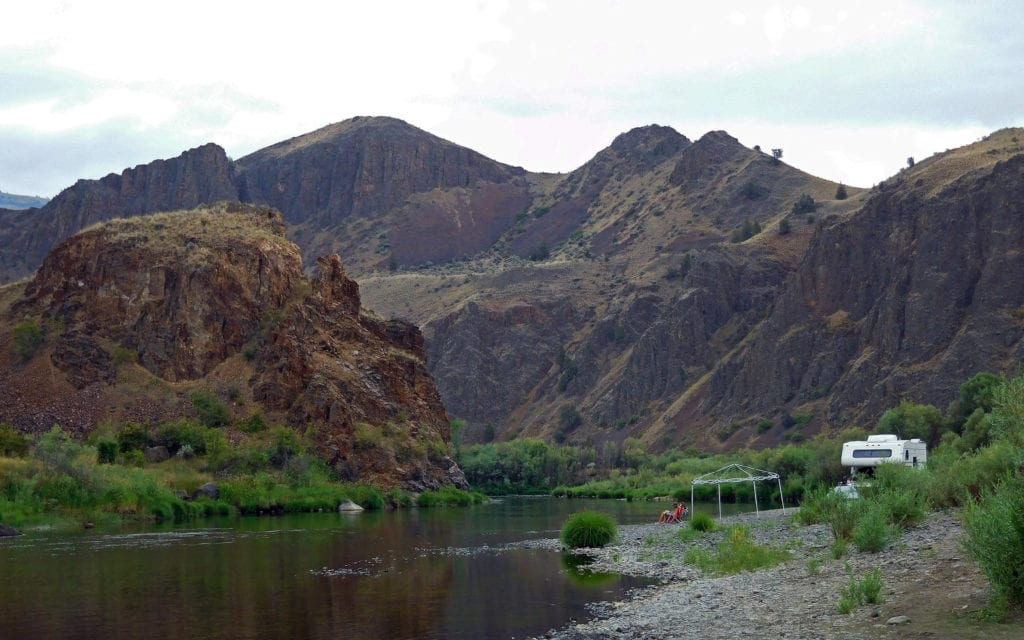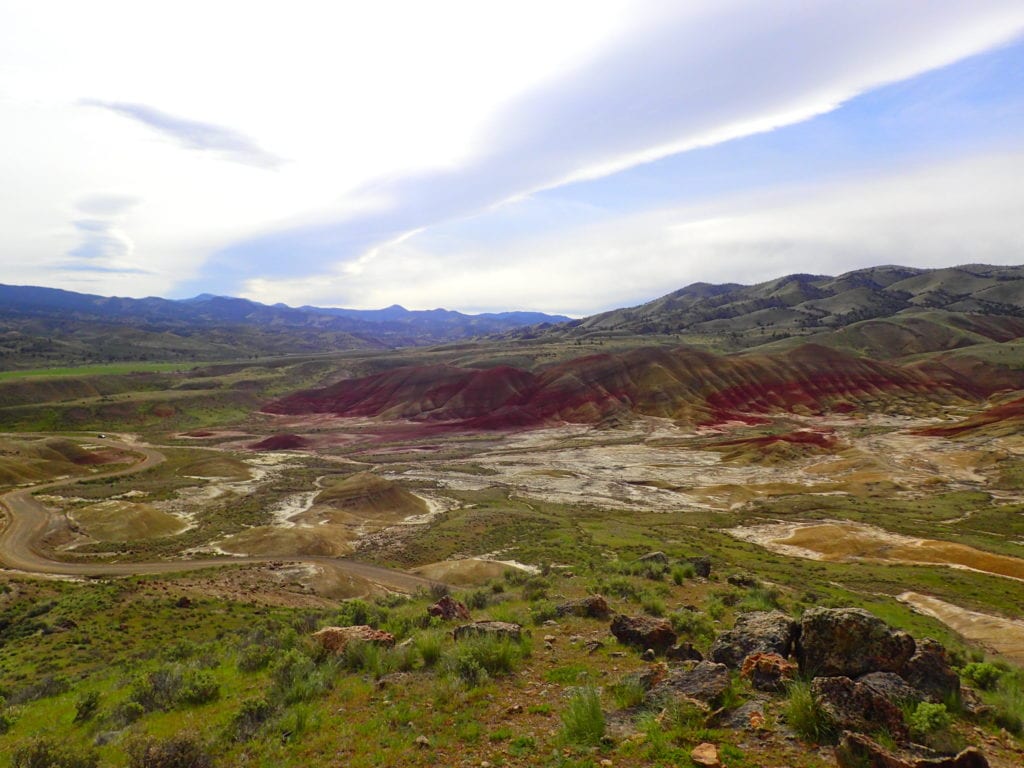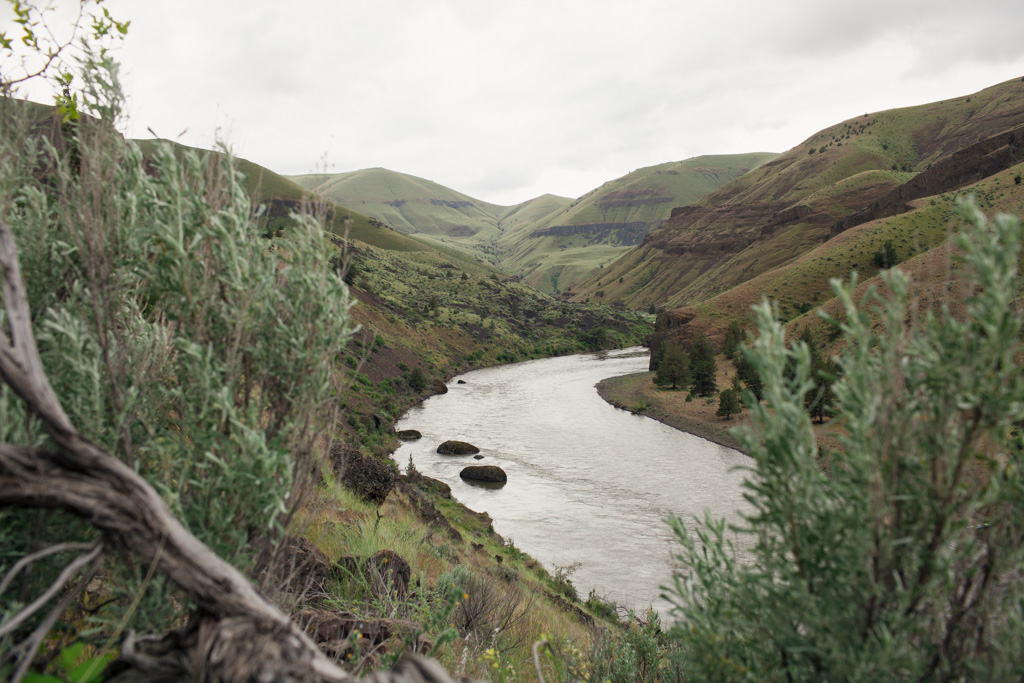How ONDA is Working to Conserve Desert Waters
With yet another hot and dry summer upon us, there’s no question that addressing, mitigating and reversing the effects of climate change and drought needs to be a top priority for everyone.
ONDA contributes to mitigating the effects of climate change in the high desert in two key ways: through our riparian restoration program and by advocating for protection for critical desert rivers and streams.
ONDA restores riparian areas – the green habitat zones along the banks of rivers and streams – by planting native, climate resilient tree species that provide much-needed shade for desert fish and wildlife that depend on cold-water habitat. We are also working to Congressionally protect these waterways, joining Senator Wyden and Senator Merkley to advocate for Wild and Scenic designation for more than 1,000 miles of desert rivers and streams included in their River Democracy Act. This landmark legislation would give these desert rivers and streams the protection they need to keep flowing and serving as lifelines in the high desert, carrying cold snowmelt down from places such as Steens Mountain and the Trout Creek and Pueblo Mountains to desert habitats below.
